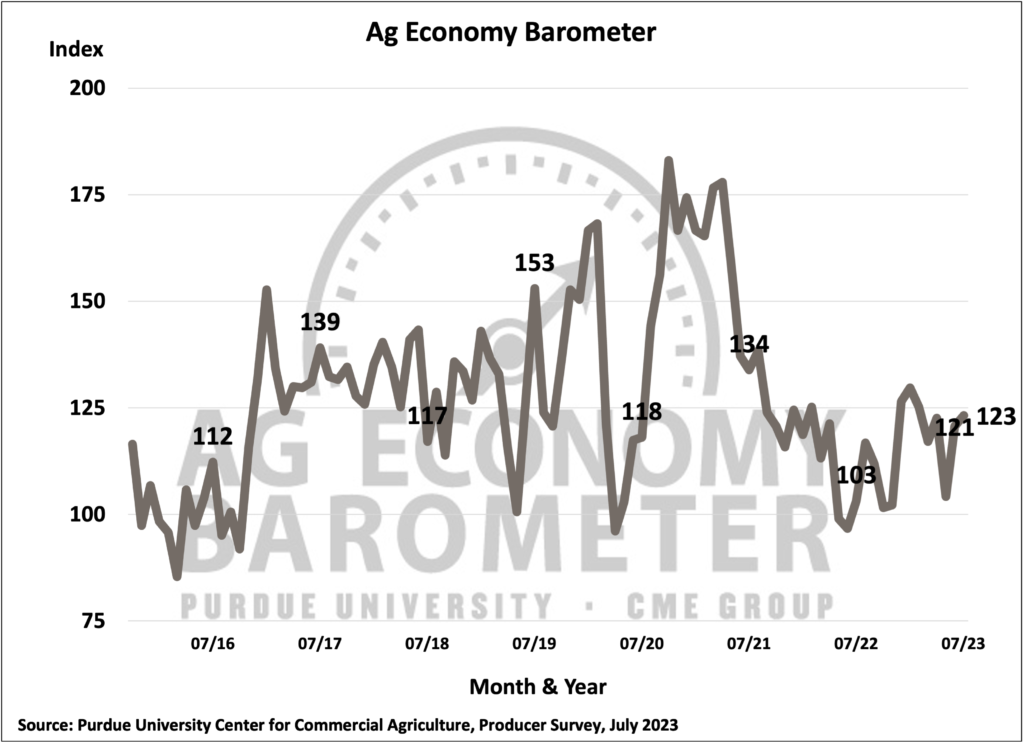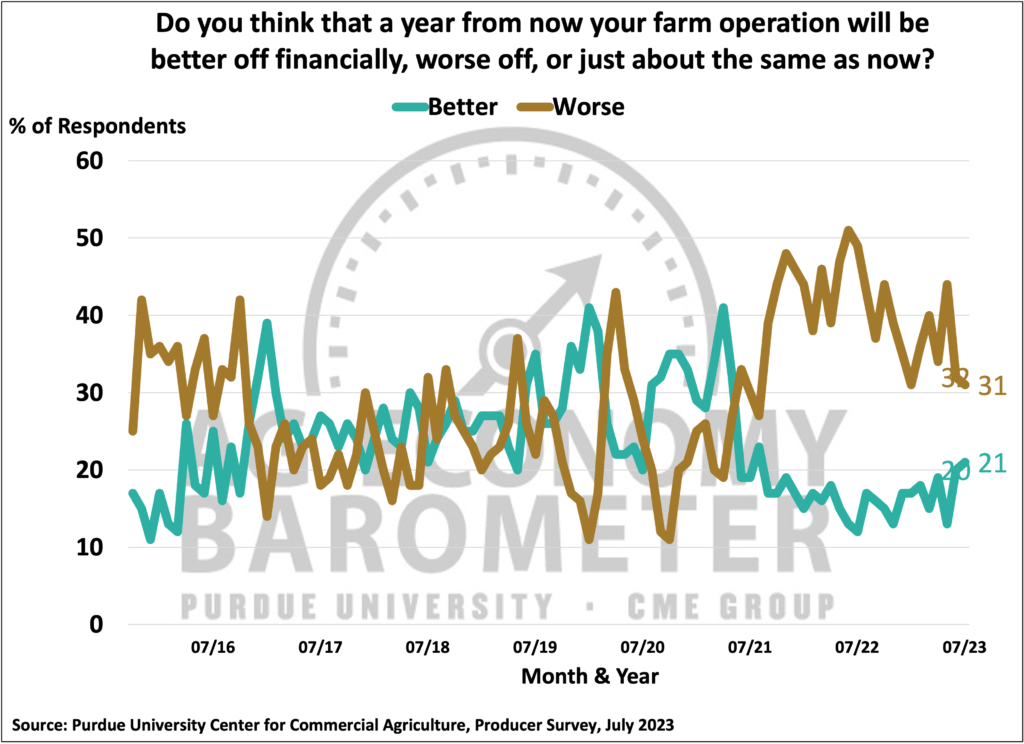By: Robert Moore
A common misperception is that all trusts protect assets from creditors, lawsuits, and nursing homes. While some trusts do protect assets, many trusts do not. In fact, most trusts are not designed to protect assets but instead to only transfer assets at death. Knowing the difference between the different types of trusts is important to ensure that your trust meets your expectations for asset protection.
There are generally two different types of trusts – revocable and irrevocable. A revocable trust is the typical estate planning trust most people use. Because the revocable trust can be changed and assets transferred into and out of the trust, it provides no asset protection. Essentially, if the owner/grantor can access the assets of the trust, then so can creditors. If you can make changes to your trust and transfer assets in and out of the trust, you probably have a revocable trust.
An irrevocable trust can protect assets. The concept of an irrevocable trust is to establish a trust that cannot be changed (with a few exceptions), transfer assets to the trust and then relinquish the right to withdraw the assets back out of the trust. Additionally, someone else serves as the trustee to manage the trust assets. Since the original owner of the assets no longer has access, control, or ownership of the assets, then creditors cannot access them.
It is important to keep in mind the five-year lookback rule for Medicaid. This rule causes ineligibility for Medicaid for gifts that were made within five years of Medicaid application. Due to this rule, establishing an irrevocable trust to protect assets from nursing home costs must be done well before the assets become at risk.
While an irrevocable trust is useful to protect assets, the irrevocable nature of the trust is a significant negative feature. Once the irrevocable trust is established and the assets transferred, it cannot usually be undone. Even if circumstances or goals change over time, the irrevocable trust stays in place and the assets stay in the trust. A revocable trust, on the other hand, is flexible and can be changed as circumstances and goals change.
Sometimes a trust will include “revocable” or “irrevocable” in its name, making it obvious the type of trust. However, many trusts do not indicate in the name if it is revocable or irrevocable. In that case, the trust document must be reviewed to determine the type of trust. Typically, within the first few paragraphs of the trust document, the trust will be clearly identified as either revocable or irrevocable.
Some estate plans include both a revocable and irrevocable trust. Assets to be protected are transferred to an irrevocable trust and assets the owner wishes to retain control over are transferred to a revocable trust. Having two trusts increase the costs of both setup and administration but it is an option for many people.
Anyone with a trust should verify the type of trust they have. It is common that someone believes their assets are protected by their trust only to find out too late that they actually have a revocable trust and their assets are subject to nursing home costs. A revocable trust can be converted to an irrevocable trust at any time prior to death. If there is any doubt as the type of trust, review the trust with your attorney to be sure it meets your estate planning and asset protection goals.




 Disease pressure throughout the county is very low. SO … Do I spray or not? This is literally the same decision that we had to make with our wheat crop this year. Read more on disease scouting
Disease pressure throughout the county is very low. SO … Do I spray or not? This is literally the same decision that we had to make with our wheat crop this year. Read more on disease scouting 









 Seedlings: Stems below the cotyledons (hypocotyls) are without hairs (glabrous), and are often red in color. Cotyledons are narrow and green to reddish in color on the upper surface. Lower surfaces of cotyledons have a reddish tint. First true leaves are alternate, ovate in shape, and are slightly notched at the tip of the leaf blade
Seedlings: Stems below the cotyledons (hypocotyls) are without hairs (glabrous), and are often red in color. Cotyledons are narrow and green to reddish in color on the upper surface. Lower surfaces of cotyledons have a reddish tint. First true leaves are alternate, ovate in shape, and are slightly notched at the tip of the leaf blade Stem:
Stem: Leaves:
Leaves: Flower/Seedhead:
Flower/Seedhead:
 All of the corn fields that I have seen this week look very similar to this one. I am seeing very little (if any) disease pressure.
All of the corn fields that I have seen this week look very similar to this one. I am seeing very little (if any) disease pressure. Gray leaf spot: symptoms of GLS include tan, rectangular lesions up to 2-4 inches long that first appear on lower leaves. Lesions are bordered by leaf veins and can turn gray later in season. Infection requires dew or foggy conditions and high relative humidity in the canopy.
Gray leaf spot: symptoms of GLS include tan, rectangular lesions up to 2-4 inches long that first appear on lower leaves. Lesions are bordered by leaf veins and can turn gray later in season. Infection requires dew or foggy conditions and high relative humidity in the canopy. Tar spot: this relatively new foliar disease prefers wet weather and moderate temperatures and can progress rapidly under the right conditions. The main signs of tar spot are raised, black spots called stroma that cannot be rubbed off and appear on both upper and lower leaf surfaces. In general, fungicides with multiple active ingredients (AI) are more effective against tar spot and should be applied between VT and R3 in a high disease environment (>5% severity).
Tar spot: this relatively new foliar disease prefers wet weather and moderate temperatures and can progress rapidly under the right conditions. The main signs of tar spot are raised, black spots called stroma that cannot be rubbed off and appear on both upper and lower leaf surfaces. In general, fungicides with multiple active ingredients (AI) are more effective against tar spot and should be applied between VT and R3 in a high disease environment (>5% severity). Northern corn leaf blight: keep an eye out for tan, “cigar-shaped” lesions (Figure 3) that will expand up to six inches in length across leaf veins. NCLB is favored by high relative humidity and wet, but slightly cooler conditions than those that favor the development of GLS.
Northern corn leaf blight: keep an eye out for tan, “cigar-shaped” lesions (Figure 3) that will expand up to six inches in length across leaf veins. NCLB is favored by high relative humidity and wet, but slightly cooler conditions than those that favor the development of GLS.



 Last week, warm and dry conditions dominated across the State, according to Ben Torrance, State Statistician, USDA NASS, Ohio Field Office. The most recent U.S. Drought Monitor report showed 18.5 percent of the State as abnormally dry or worse, a decrease from the previous week. Conditions matching the moderate drought rating were observed in 1.7 percent of the State. Topsoil moisture conditions were rated 2 percent very short, 23 short, 71 percent adequate, and 4 percent surplus. Statewide, the average temperature for the week ending on August 6 was 71.3 degrees, 0.7 degrees below normal. Weather stations recorded an average of 0.17 inches of precipitation, 0.65 inches below average. There were 6.1 days suitable for fieldwork during the week ending August 6.
Last week, warm and dry conditions dominated across the State, according to Ben Torrance, State Statistician, USDA NASS, Ohio Field Office. The most recent U.S. Drought Monitor report showed 18.5 percent of the State as abnormally dry or worse, a decrease from the previous week. Conditions matching the moderate drought rating were observed in 1.7 percent of the State. Topsoil moisture conditions were rated 2 percent very short, 23 short, 71 percent adequate, and 4 percent surplus. Statewide, the average temperature for the week ending on August 6 was 71.3 degrees, 0.7 degrees below normal. Weather stations recorded an average of 0.17 inches of precipitation, 0.65 inches below average. There were 6.1 days suitable for fieldwork during the week ending August 6.
